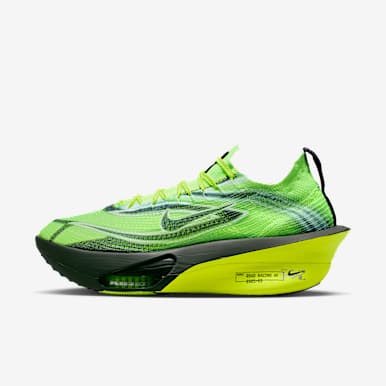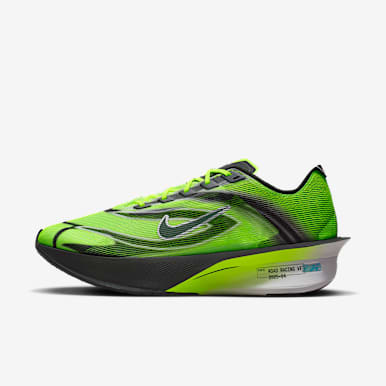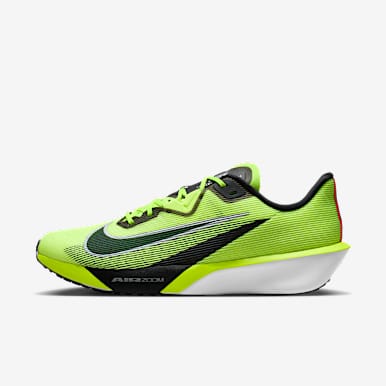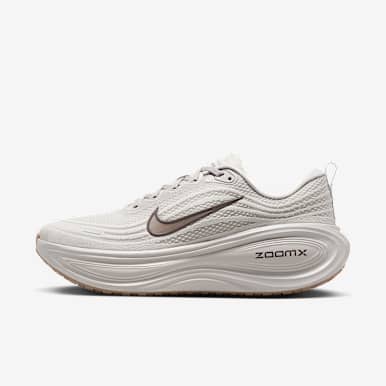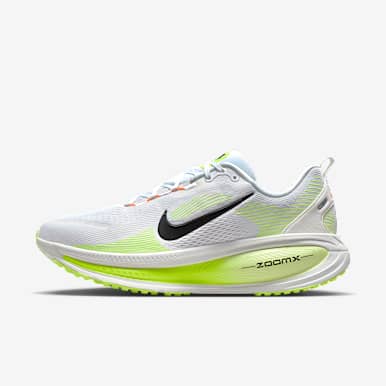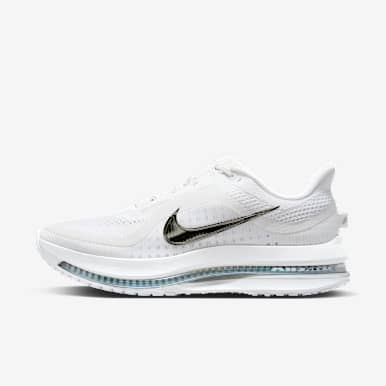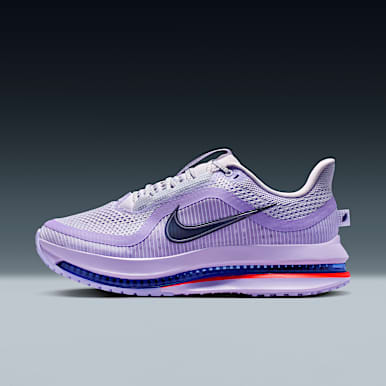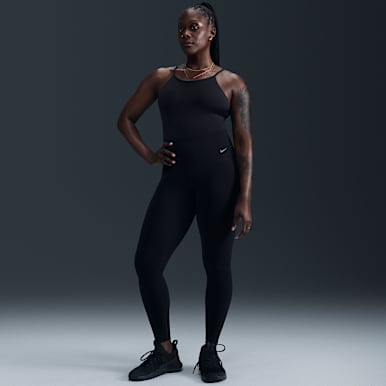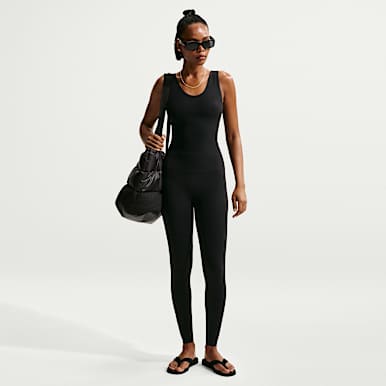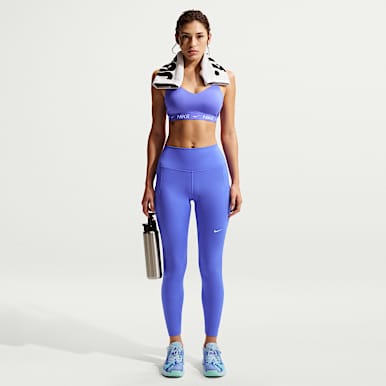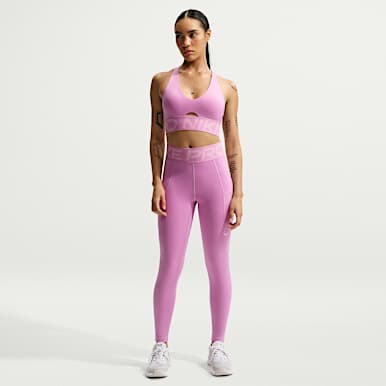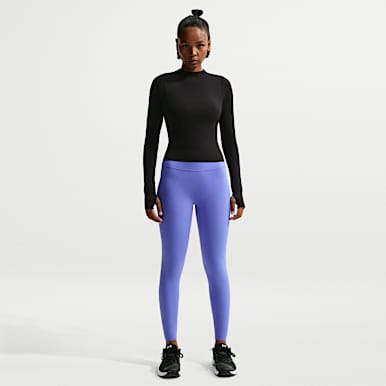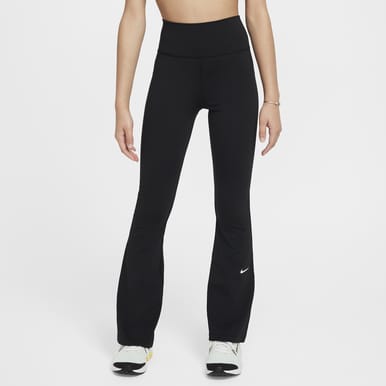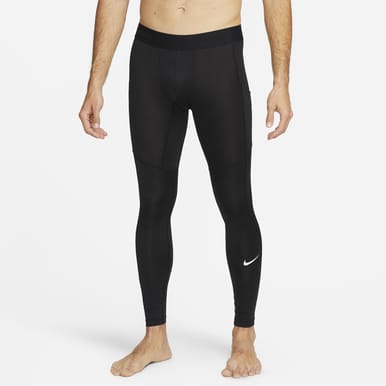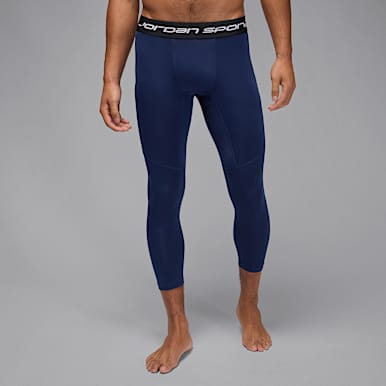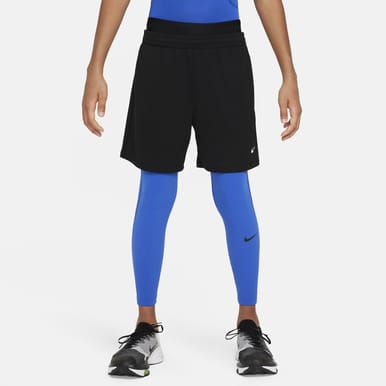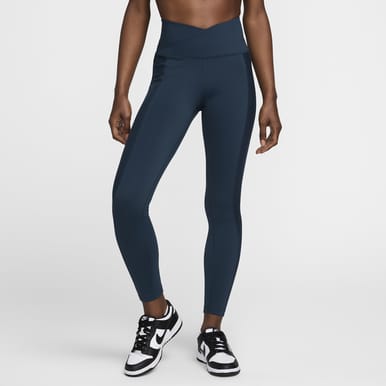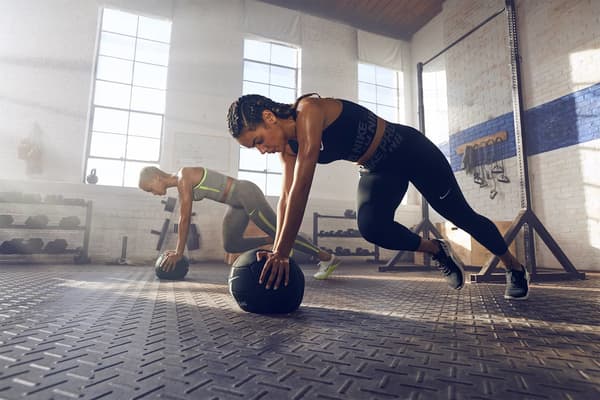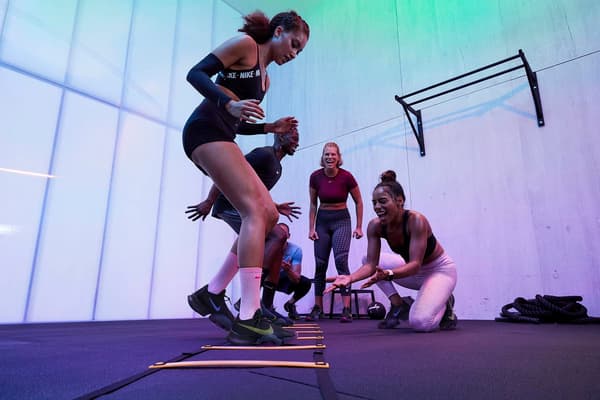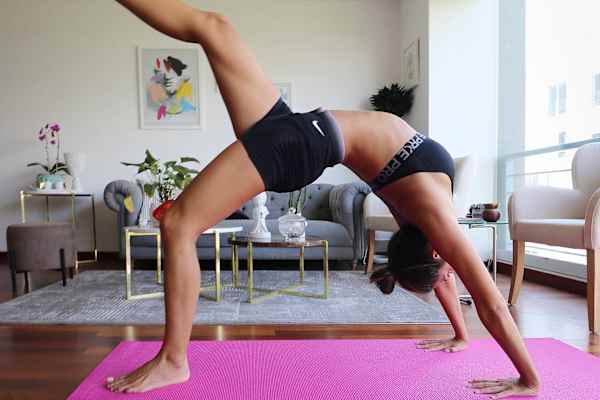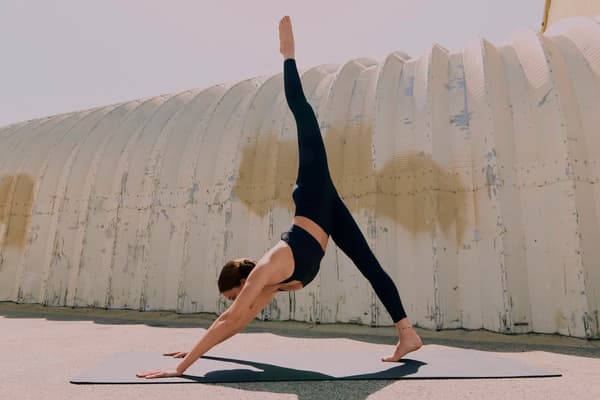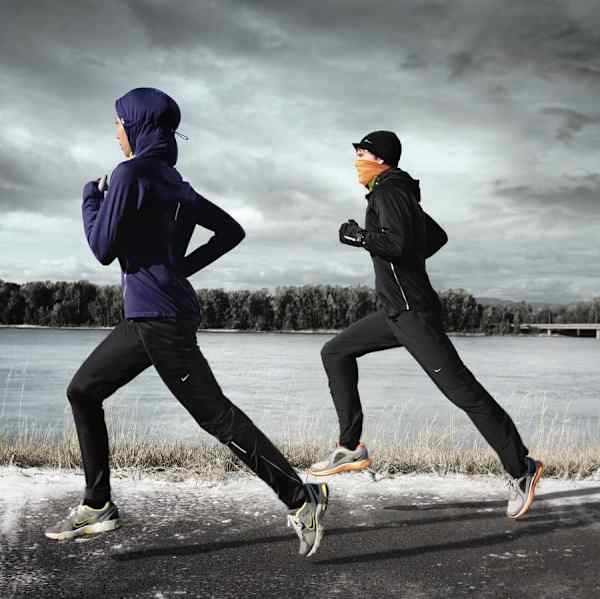Running vs Cycling: What's the Best Workout for Me?
Sports & Activity
Both are great cardio exercises, but is one considered better than the other? Here's everything you need to know.

Running and cycling are both excellent forms of exercise that can help improve cardiovascular fitness, specifically lung function, oxygen consumption, and cardiac output. These markers of cardiorespiratory fitness help to prevent disease by promoting overall heart health.
So with this in mind, which one of the two is a better workout for you: Going out for a run or a bike ride? Both exercises can offer benefits to your health. But there are key differences between the two that might be more in line with your fitness goals, experience level, personal preferences, and resources.
Cardio for Heart Health
Whether it’s a bike ride or run, you’re doing cardio. A cardio workout is any exercise that increases your heart rate and gets your blood pumping.
Cardio keeps your heart healthy, helping you to pump blood and oxygen around your body more efficiently. With cardio, your lung function improves as you become better able to take in oxygen. Your cardiac output improves as your heart finds it easier to transport more blood with each pump, as well.
That’s why cardio is recommended for anyone in any health condition. You can do cardio at a low-intensity, like taking a walk around your neighborhood. Or you can do it high-intensity, like you would during high-intensity interval training (HIIT). You can adjust for your needs, making it suitable for all.
Cardio for Weight Loss
Aside from this, cardio is great for weight loss. It increases energy expenditure, or the total amount of calories you burn in a day. How many calories you burn during cardio depends on the intensity, and duration, amongst other factors. For example, high-intensity cardio burns more calories than low-intensity. Duration also matters: Running for an hour is going to burn more calories than running for 10 minutes will.
There are also other components that influence how many calories are burned during a certain exercise. An individual with a higher body weight, or with more muscle mass, is going to burn more per session. That’s because their body has to work harder to perform the same muscle movements, eating up more energy.
How all of these factors come together to impact calories burned and weight loss are important to understand when comparing running vs cycling.
Running vs Cycling
Unless you’re training for a triathlon, you may not run and bike in the same workout. So how can you go about choosing between the two sports? Let’s compare them.
1.Running Comes Naturally
Running is something that comes naturally to humans. You don’t need any special equipment (beyond running shoes) or skills to be able to move your body through a run. For this reason, it appeals to many.
2.Running Is Perfect for Beginners
With regard to the point above, running is ideal for beginners. Novice exercisers may want to get fit but feel uneasy about picking up a new sport without any prior experience. Running can be a great place to start.
3.Running Is Easy to Adjust
If you’re new to running, you don’t have to start with a marathon. Instead, consider starting with just one mile. As your endurance and fitness levels improve, you can easily adjust the distance or duration of your run without the guidance of a fitness professional.
4.Running Burns Belly Fat
If your goal is weight loss, running may be particularly appealing. Higher-intensity running like HIIT sprints has been shown in research to effectively burn belly fat, also known as visceral fat. The added benefit of HIIT running is that it’s time-efficient, with a workout only taking five to 15 minutes.
5.Running Improves Muscle Tone and Bone Density
Running builds muscle predominantly in the lower body, namely the quads, glutes, and hamstrings. It may not lead to hypertrophic muscle development (an increase in muscle size), but it does lead to improvements in muscular tone. It also has a positive effect on bone mineral density, which begins to breakdown naturally as you age.
Why Cycle?
1.Cycling Is Easy to Work Into a Routine
An increasing number of workers are choosing to bike to work. Instead of having to carve time out at the gym, you can easily switch your morning commute to a cycling commute. Plus, studies show that workers who bike to work are more productive, happier, and have 22 percent fewer absent days than those who drive to work.
2.Cycling Is Low Impact
Running is a high-impact sport. Runner’s knee, or patellofemoral pain syndrome, affects as many as 25 to 30 percent of runners, making it the most common running injury. It’s caused by overuse. The impact of your feet hitting the floor with each stride reverberates up to the kneecap to rub against the thigh bone, causing knee pain and discomfort. Cycling is a low-impact sport. As such, it puts less strain on your joints, which can be better suited to individuals rehabilitating injury, or with specific joint-related conditions like arthritis.
3.Spinning Is Also Cycling
Indoor cycling classes are known as spin. Spin can be done at-home or in the studio, on a stationary bike. You cycle between periods of high-intensity and lower-intensity exercise, synced up to music and other people. If you need your workout to be upbeat and motivating, spin on a stationary bike might be for you.
4.Cycling Burns the Same Calories
You may assume that running burns more calories because it uses more muscle groups. But in actuality, when the intensity and duration is monitored, they burn the same. According to Harvard Health, a 155-pound person can expect to burn about 288 calories per 30-minute session while running at 5 mph and cycling at 12 mph. As mentioned, increasing the intensity of cycling will burn more calories. Spin, for example, can burn 369 calories per 30-minute workout.
5.Cycling Builds More Muscle
Running may develop muscle tone, but cycling on a bike can help to build muscle mass. That’s because muscles grow when they work against resistance. The pedals on a bike act as a resistance, which is why you’ll feel a burning sensation in your quads after a tough session on a bike.
6.How to Decide Between Running or Cycling
The answer may be as simple as this: Choose the one that you like the most.
Exercising isn’t always about building muscle and the most calories burned. It’s also important to find something you enjoy and is accessible for you. If you have a preference between the two, follow your instincts. Both forms of exercise can benefit your physical and mental health, so select the one that motivates you the most.
Or, why choose just one? Consider doing a combination of running and biking throughout the week to work different muscle groups.
Now, if you're looking for tips on how to fuel properly before and after your workout, try downloading the NTC app!
